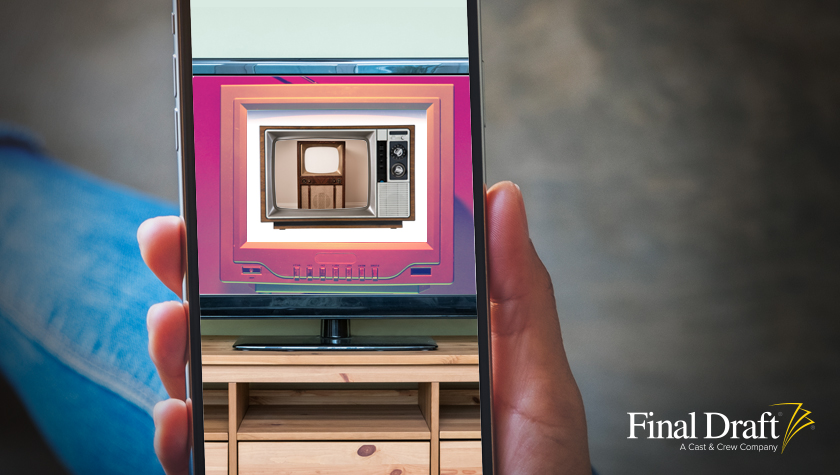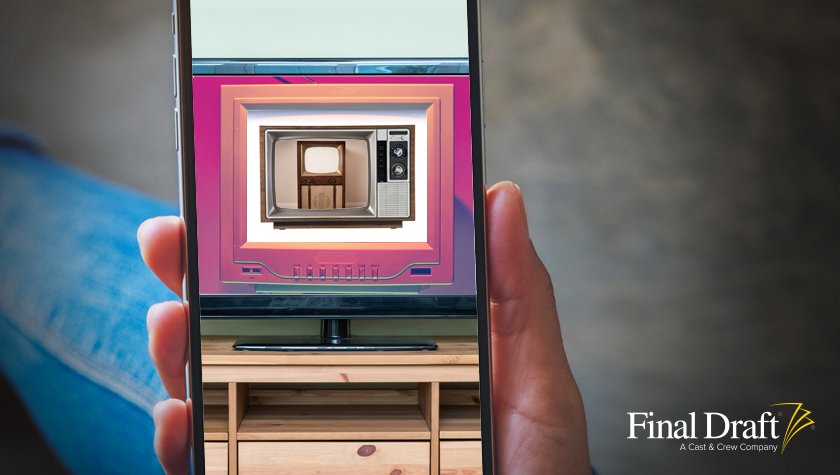The State Of Television Part 1: The Birth Of Peak TV
February 13, 2020
When John Landgraf took to the stage at the Television Critics Association’s annual press tour in 2015 he dramatically declared, “There is simply too much television.” He warned that the industry had quickly become an unsustainable bubble about to burst. Four months later, the CEO for FX Networks cemented his point by releasing what would become an annual tradition. FX’s research into the current state of television was made public for the first time and the term “Peak TV” was born. The research showed that 409 scripted series aired on basic cable, premium cable, network TV and streaming services combined in 2015, almost double the number that aired just six years earlier. Landgraf speculated that number would continue to increase in 2016 before declining rapidly.
But he was wrong. Instead of a bubble bursting, a dam exploded and drowned audiences in record-setting year after record-setting year of scripted television. “Peak TV” was a warning, but the term was co-opted and used to mean a peak in quality. After all, those of us sitting at home were given higher caliber shows to choose from every year. And the quality kept going up as directors like Martin Scorsese and movie stars like Matthew McConaughey and Woody Harrelson were lured to HBO to make genre-defining shows Boardwalk Empire and True Detective. The competition for eyeballs became fierce and everybody wanted to outdo each other. Networks that had never aired an original show were getting into scripted television and even cable providers started to produce exclusive series like AT&T’s Condor and Charter’s L.A.’s Finest. Streaming services appeared out of nowhere and disappeared just as quickly, taking their shows with them.
By 2018 a new milestone was hit with 495 shows airing and just last month the 2019 figures revealed 532 TV series were available for audiences to choose from, an increase of seven percent.
And while Landgraf’s warnings may be purely selfish (“it’s not so much that there’s too much TV, it’s that there’s too much TV distracting people from watching FX”), they aren’t wrong. Netflix will spend $17 billion on content in 2020, a year that will see the launches of HBO Max, Peacock and Quibi and the first full years of Disney+ and Apple TV+. While Landgraf may not be great at predicting when it will happen, his dire prognostication about the future of television is not wrong. At some point the buyers will stop buying — something we’re already seeing in basic cable — and the viewers will be the ones left in the dust. But hey, maybe when that day comes it will finally gives us time to catch up on those 500 other shows we didn’t get around to seeing.
But how did we get here? Changes in the industry have traditionally taken time to take hold. Major shifts like color TV, cable television, HBO jumping into original programming and the switch to HD standard didn't happen overnight. In many cases it took years for these decisions to be embraced by consumers and the networks themselves are often hesitant to change. Just look at network TV; it’s mostly operating on the same model it did 10 years ago even though overnight ratings drop every year. As an example, the highest rated scripted drama in the overnight 18-49 demographic on network TV last week was NBC’s This Is Us with a 1.5. The same week two years ago also saw This Is Us as the highest-rated scripted show with a 2.5. A random week from 2015 had Fox’s Empire on top with a 4.8.
It wasn’t that long ago that the only way to see a show was to be in front of your TV as it aired or risk never seeing it until it hit reruns years later, and that's only if the show was popular enough to be sold into syndication. When I was in high school I had a choice between going to the gym on Wednesday nights to play intramural badminton with my friends or staying home to watch The Drew Carey Show and Whose Line Is It Anyway? As a huge improv nerd who didn’t like social situations to begin with, I chose to stay home. At the time it was a big choice; if I didn’t see that week’s episode I would probably never see it. Eventually my friends bullied me into going to badminton and to this day I'm not sure if developing a killer backhand was worth the huge chunk of The Drew Carey Show that I haven’t seen. What happened to their backyard brewery? Unless the show becomes available for streaming, I may never know.
Catching up became easier once DVD sales shot through the roof in the early '00s and it felt like every show got a physical release. That method of watching classic shows became so popular that companies like Shout! Factory are still releasing physical discs of hard-to-find series to this day. For the first time you could watch an entire season of a show on your own schedule. Even VHS mainstays like The X-Files and Buffy the Vampire Slayer had to release "best-of" collections because an entire season would be too cumbersome for the format.
But then the Internet came along and changed the entire world. For the first time in history the audience had all the power. Now we can watch what we want, when we want, where we want and how we want. If a network won’t provide these options then its show will go unwatched. And television preservation has never been better; now if a show is canceled it will exist on streaming services forevermore. Just a decade ago shows disappeared the moment they were canceled. If you want to watch NBC's Sunnyside, the first show of the 2019-2020 TV season to be canceled, you can head over to Hulu, NBC, fuboTV or DirecTV and stream the entire thing. If you go back 10 years to 2010 and want to watch ABC's The Deep End, a legal drama that aired its first episode on Jan. 21 and its last on Feb. 25, you're out of luck. Once it was canceled it was deleted from history. The same is true of Fox's Past Life and CBS's Miami Medical, two other quickly canceled shows from 2010. The cast of Friends all starred in TV shows before getting cast on NBC's hit comedy, but good luck finding any of them. Right now there are entire runs of shows from our recent past that are only kept alive by pirates who hope their YouTube and Dailymotion channels aren't discovered by rights holders. In today's world, every new show is content for its studio's streaming service. There may be more series than ever, but at least they'll be preserved for generations to come.
Now technological changes are coming fast and furious. Smart phones, tablets, YouTube, social media; each of those entered our consciousness immediately and changed the world forever. For the first time in memory nobody can tell you what the industry will look like one year from now.
But if we want to try to predict the future of television, we have to look back at the last decade to figure out exactly how we got here.
Written by: Conrad Sylvia
Conrad Sylvia is the creator of the The Week in Television, a private industry newsletter that recaps the week's television news in a humorous and unique manner. Throughout the years he has developed projects for studios and production companies and continues to provide freelance research on the current television landscape and international marketplace. He is also a fan of drinking in the bathtub. A full tub if he's happy, an empty tub if he's sad.- Topics:
- Industry News
- Discussing TV & Film



